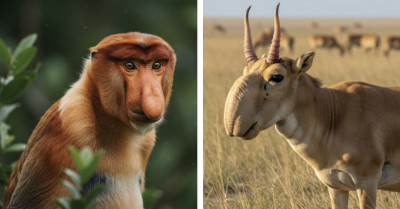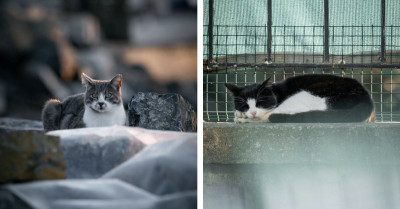Photogenic Cats Love Hanging Out In Tree Tops
Cats like to climb trees, and they do so frequently. While not all cats are particularly adept at climbing, it often showcases their athletic skills!
Cats in trees can appear so comfortable that you might think it’s their natural habitat! Thankfully, beneath many cats in trees is a person with a camera, ready to document the scene.
It turns out that people love taking pictures of cats in trees and sharing them online, while others enjoy looking at these photos. That's why we have collected some of the best images of these climbing cats, and we suspect you will enjoy them.
1. Is there anything sweeter than a ginger cat enjoying a summer breeze?
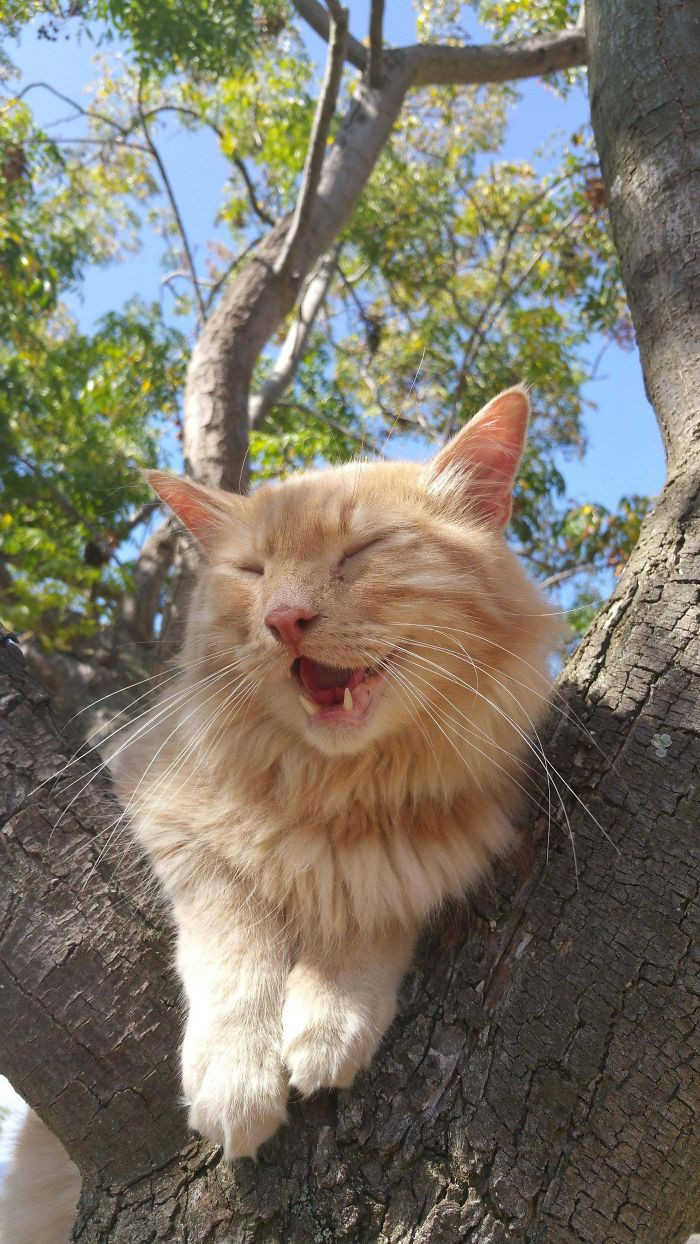
2.
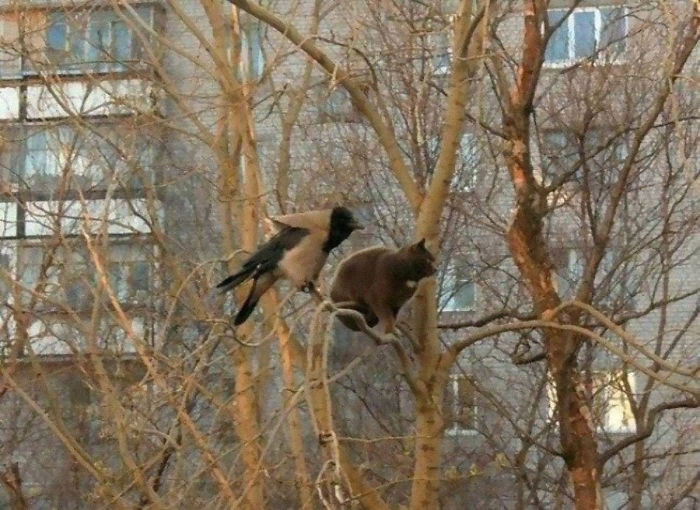
3.
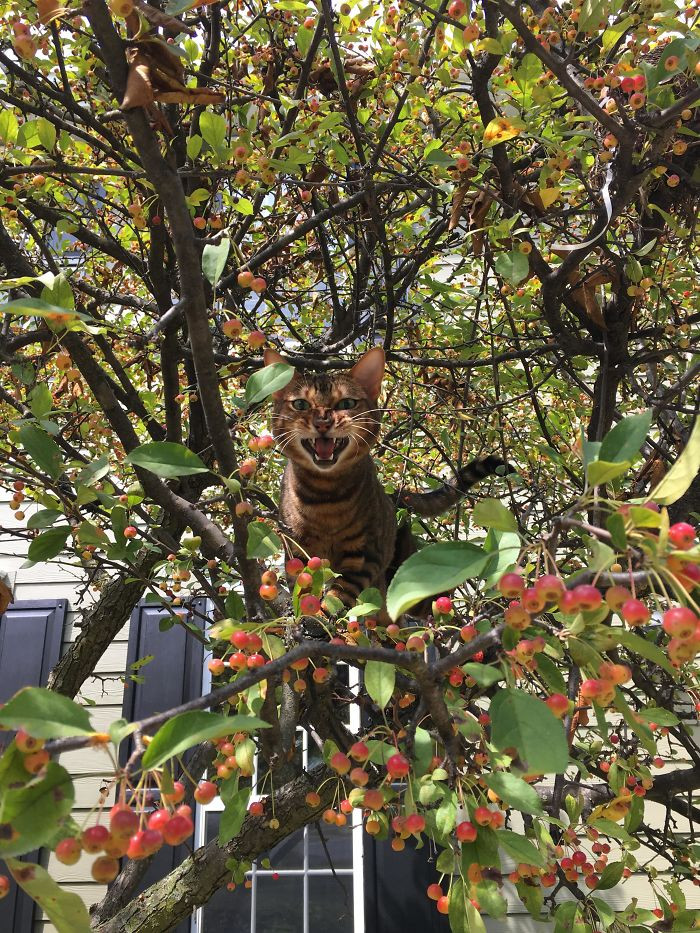
4.
Cat behaviorist Ingrid Johnson states that felines seek height for various reasons. Sometimes, it's about survival itself.
"Height provides comfort and security, as well as the ability to survey a large territory from a single vantage point. Climbing a tree or a cat condo for our indoor-only friends offers a sense of safety," Ingrid explained.
"Height also creates more usable territory and allows cats to avoid conflict with other cats. An outdoor cat may climb a tree to escape an attacker (a rival neighborhood cat or a dog!), just as an indoor cat might bolt up a cat tree or perch on top of the kitchen cabinets if appropriate climbing places are not provided."
5.
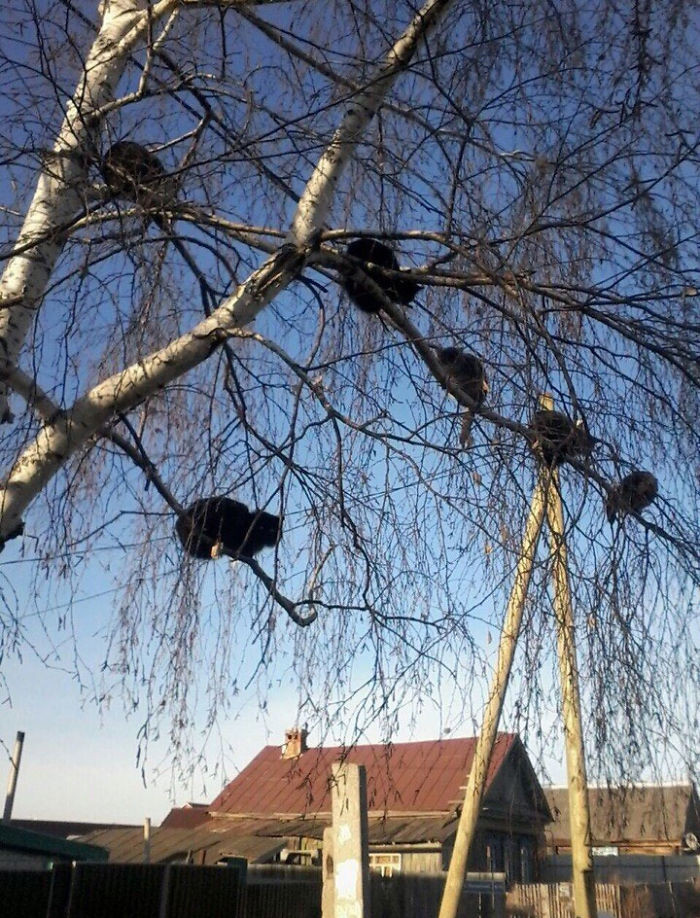
6.

7.

8.

9.

10.

11.

12.

13.

14.
"Cats are not squirrels," Ingrid said. "If you take a look at a cat's nail, it is hook-shaped, designed for climbing, but they cannot come straight back down the tree. They must descend backwards, jump down, or navigate using a series of branches like stairs."
When a cat chases its prey or is being pursued, it can climb very high trees without low-lying branches. Often, they end up getting stuck.
"This is precisely why, when creating vertical space for your cats in your own home, we ensure not to create dead-end spaces, as they can become points of aggression in multi-cat homes. We also make sure to provide a way for them to descend, especially if we have provided them with a tall scratching pole."
15.
Felines can also pursue their prey (squirrels, chipmunks, or birds) up a tree. However, they also climb to take a nap, hang out, or just for fun. "They condition their claws and muscles by scratching and climbing. We call these 'feel-good' behaviors. In fact, many indoor cats never get a chance to condition or hone their back claws because few cat condo companies provide a straight vertical pole to climb."
Ingrid continued: "This is exactly why my husband, Jake, and I provide the market with a six-foot, wall-mounted scratching pole. There are virtually none available, and we have multiples of these in our home, which our cats climb regularly. It is a great way to mimic a tree for an indoor cat. Just always be sure to provide a way for them to get down."
Ingrid also confirmed that cats have more difficulties climbing down from trees than climbing up them.
16.
Ironically, what makes felines fantastic at climbing up trees makes them quite poor at coming back down to the ground.
“A cat in a tree may have trouble coordinating its hind and front feet when trying to back down. It’s just not a movement cats normally perform,” feline ethologist Susan Bulanda says. That is why it’s easier for cats to jump down from high places instead of climbing down.
It’s strange that cats enjoy trees so much but struggle to get down from them.
17.

18.

19.

20.

21.

22.

23.

24.

25.

26.

27.
Cats have powerful hind legs and strong backs, which makes them excellent climbing machines. Their instincts tell them to always take the high ground. Therefore, we shouldn’t be surprised that they spend so much time in treetops.
Climbing is an offensive move that enables them to spot their prey more easily. On the other hand, it is also a defensive move because cats are not exactly at the top of the food chain, nor are they the strongest animals around.
28.

29.

30.

31.

32.

33.

34.

35.

